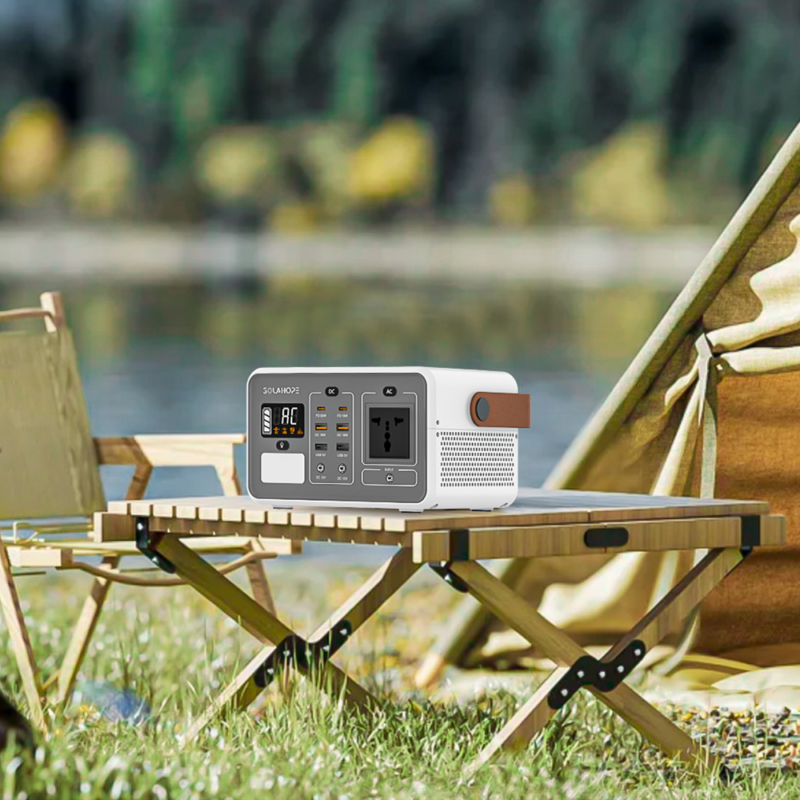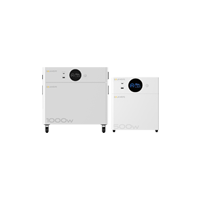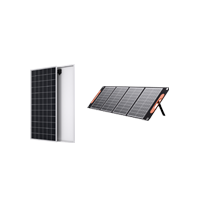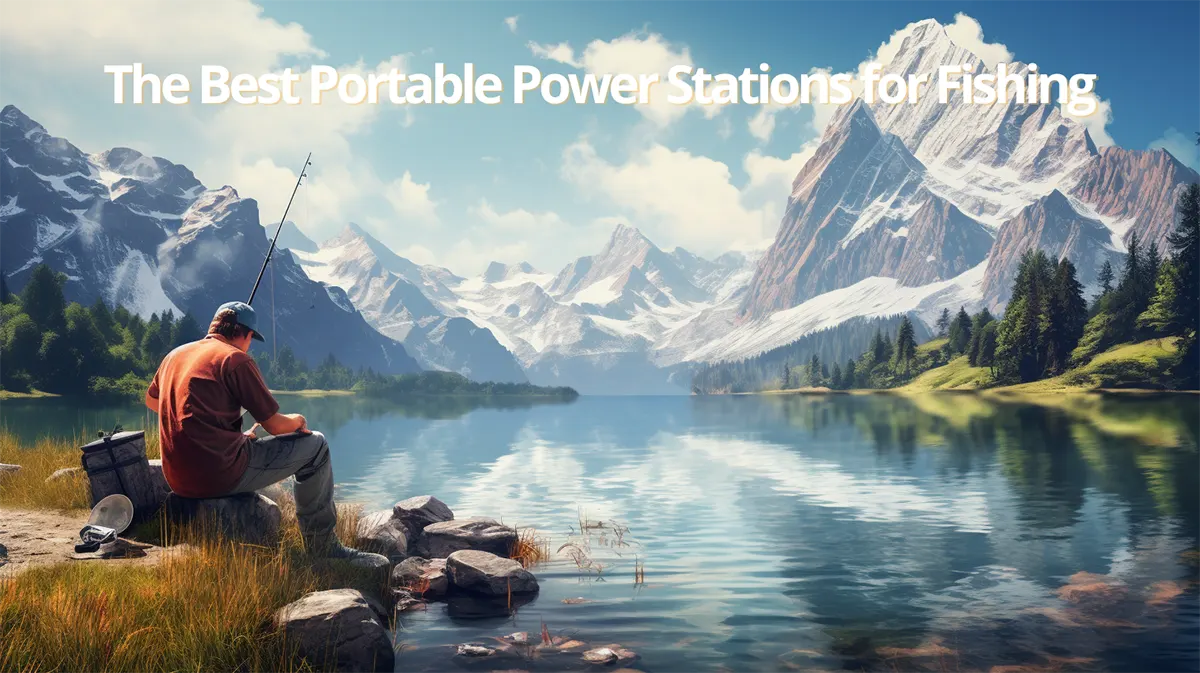Camping, Products Related
The Best Portable Power Stations for Fishing
Table of Contents
- Introduction
- The Limitations of Conventional Power Banks
- Energy Demands of Common Fishing Electronic Equipment
- Why Portable Power Stations are the Answer
- Benefits of Power Stations
- Top Portable Power Stations for Fishing: Reviews & Recommendations
- Things to Consider When Buying a Portable Power Station for Fishing
- Safety Tips When Using Power Stations Near Water
- Additional Tips for Extending Battery Life During Fishing Trips
- FAQ
- Conclusion
Introduction
Fishing has always been about patience, technique, and being one with nature. Yet, as technology has advanced, so too have our fishing trips. Over my decade-long affair with fishing, I’ve experienced the joys of reeling in a big catch, the serenity of dawn at the lakeside, and the frustrations of a dead battery in my equipment just when the fish were biting. This is why finding the best portable power station for fishing became a priority for me.
The Limitations of Conventional Power Banks
In today’s fishing era, the 20,000mAh power bank – often hailed as the savior for dying smartphones – doesn’t quite cut it. Let’s discuss why. And you’ll soon understand why the best portable power station for fishing is a worthy investment.
Energy Demands of Common Fishing Electronic Equipment:
Fish Finders: I remember a trip where I had just invested in a new fish finder. Midway through, it gave out due to low power. Fish finders, essential for locating fish, generally consume between 0.5 to 1.5 amps per hour. For a full day of fishing, that’s 4 to 12 amp-hours (Ah).
Bait Boats: Another fond memory is of a fishing trip where we used a bait boat to stealthily place our bait in the perfect spot. These can consume a whopping 5 to 40 Ah depending on usage.
GPS Devices: Lost in a vast lake or sea? GPS devices are our best friends, consuming between 1.6 to 8 Ah.
Small Electric Fan: Ah, the summer trips! I recall a fishing afternoon where the heat was relentless, and our small electric fan was a lifesaver. Such fans consume around 1.6 to 12 Ah.
Night Fishing Lights: Night fishing has its own charm. But, that charm dissipates when you’re left in the dark due to drained lights. Depending on the light type, you might need 2 to 24 Ah.
Oxygen Makers/Aerators: Want to keep your bait or catch alive? An aerator is indispensable, consuming around 4 to 24 Ah.
Other Electronics: Let’s not forget about our smartphones, cameras, and possibly a radio. They might require an additional 5 to 10 Ah.
Adding it all up, we’re looking at a whopping 19.2 Ah to possibly 140 Ah for an elaborate fishing trip!
Why Portable Power Stations are the Answer
I once met a senior electrician during a fishing expedition. Between casts, he explained the difference between simple power banks and portable power stations. Unlike the former, power stations are designed to handle the varied needs of multiple devices, offering outputs like USB, AC, and DC. They truly are the best portable power station for fishing.
Benefits of Power Stations
- Capacity: Power stations pack a punch. With capacities surpassing conventional power banks, they’re tailored for energy-intensive trips.(for a 200wh portable power station, the mah is about 60000mah)
- Versatility: They accommodate various devices, from fans to GPS units.
- Safety: Many come with safety features.
Top Portable Power Stations for Fishing: Reviews & Recommendations

Solahope M200 Portable Power Station
Battery Capacity: 224.64Wh/62400mAh
Battery Type: Lithium Ion
Battery Cycle Life: >1000 Times
AC Output: 200W
USB-C Output: PD 18W1, PD 60W1
USB-A Output: QC 12W2, QC 18W2
DC Output: 55212, 12-16.8V/15A Max AC Input: 90W Max DC Input: 120W Max Type-C Input: 60W Size: 210*139*180mm
Weight: 2.55kg
Things to Consider When Buying a Portable Power Station for Fishing
With a myriad of options available, choosing can be daunting. Here are factors that I, with my 10+ years of fishing experience, prioritize when determining the best portable power station for fishing:
- Battery Capacity: Align this with your gear’s power needs.
- Outputs: Ensure compatibility with your devices.
- Weight and Portability: If you’re trekking to a remote fishing spot, you won’t want something too heavy.
- Water-resistance: A sudden splash or rain should not spell disaster.
- Solar Charging Capabilities: For extended trips, this can be a lifesaver.
- Price vs. Quality: A delicate balance, but longevity and reliability often come at a slightly higher price.
Safety Tips When Using Power Stations Near Water
On a trip to the Everglades, that electrician friend taught me some invaluable safety tips:
- Grounding: Ensure your power station is properly grounded to prevent electric shocks.
- Elevation: Keep it elevated, away from potential water splashes.
- Know its Limits: Avoid overloads. Understand your station’s capacity and stay within it.
Additional Tips for Extending Battery Life During Fishing Trips
- Efficient Use of Power: Turn off devices when not in use.
- Solar Charging: If your station supports it, harness the power of the sun.
- Prioritize Devices: Sometimes, the fan might be more crucial than the radio.
Conclusion
Fishing is an intricate blend of nature, patience, and technology. Ensuring your gadgets remain powered enhances the experience. A portable power station is a game-changer in this regard. As you prepare for your next fishing adventure, consider the power needs of your equipment, invest in quality, and always prioritize safety. And remember, to make the most out of your trips, choosing the best portable power station for fishing is key.
FAQ
Q1: How long can a portable power station last on a fishing trip?
A: This largely depends on its capacity and the total power demand of your equipment. A robust station can last an entire day or even multiple days, especially if complemented with solar charging.
Q2: Are there any waterproof power stations available?
A: While many portable power stations offer a degree of water resistance, it’s rare to find one that’s entirely waterproof. It’s best to keep the power station in a dry, elevated area and protect it from splashes or rain.
Q3: Can I charge my power station while it’s powering devices?
A: Yes, you can.
Q4: What’s the difference between watt-hours (Wh) and amp-hours (Ah)?
A: Watt-hours (Wh) and amp-hours (Ah) are units of electrical energy storage. Wh takes into account both the voltage and current (Wh = Ah x V), making it a more comprehensive measure of a battery’s capacity.
Q5: Do portable power stations degrade over time?
A: Just like any battery-based device, portable power stations will degrade over time. Depending on usage and maintenance, a quality power station can offer several years of reliable service. Remember to follow the manufacturer’s care instructions to prolong its lifespan.
Introducing Solahope M200 Power Station【200W/224Wh】




